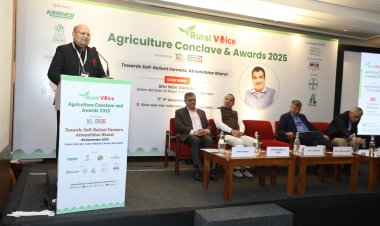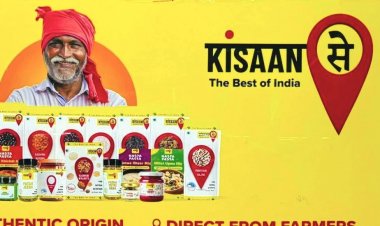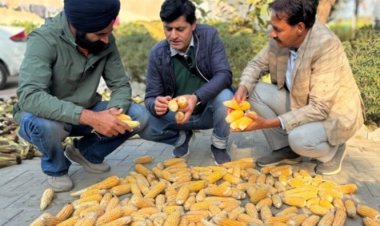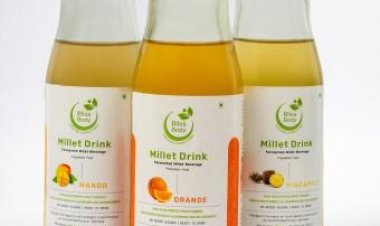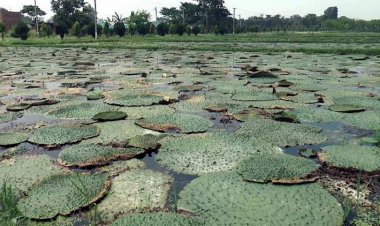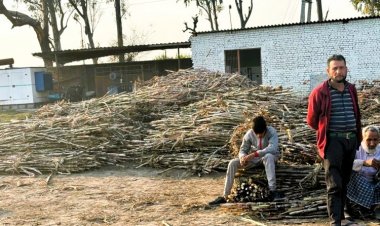Morocco’s OCP Group holds key to DAP prices; China returns to fertilizer exports market
Indian companies have even imported some DAP recently but this quantity is less than 1 lakh tonne. The Government of India’s advice to the companies has been that they should import DAP only at a price of $920 per tonne or below. But the price of DAP still continues to be above $1,000 per tonne in the international market.

The government does not seem to be getting any major relief on the Di-Ammonium Phosphate (DAP) prices and availability front. DAP has the highest consumption among decontrolled fertilizers. However, using its diplomatic relations, the central government has made some arrangements for imports from Saudi Arabia and Russia. Indian companies have even imported some DAP recently but this quantity is less than 1 lakh tonne (lt).
The Government of India’s advice to the companies has been that they should import DAP only at a price of $920 per tonne or below. But the price of DAP still continues to be above $1,000 per tonne in the international market. However, China's participation in a tender invited by Bangladesh indicates that the former is entering the export market. But the OCP Group, the Moroccan state-owned company that mines rock phosphate and produces phosphoric acid and fertilizers, is not reducing the price of phosphoric acid, the raw material for DAP, below $1,530 per tonne. Besides, the month of June is about to end but OCP is yet to announce the price of DAP and phosphoric acid for the April-June quarter. Phosphoric acid deals have been struck so far only at the provisional price of $1,530 and the final price will be fixed only after OCP announces the prices.
Fertilizer industry sources say that OCP had fixed a price of $1,530 per tonne for the January-March quarter. But it is yet to fix the price for the April-June quarter. Morocco has 70-75 per cent of the global reserves of the raw material for phosphatic fertilizers and its state-owned company OCP Group is the one that determines the direction of global prices. The rest of the reserves are found in Russia, Jordan, Saudi Arabia and China. OCP has not entered into any new contract with India for the past month and a half or so. It also has a joint enterprise with Paradeep Phosphates Ltd (PPL) in India.
The DAP prices are ranging between $1,025 and $1,030 in the global market. China participated in a tender invited by Bangladesh recently and the bidding was in the range of $1,019-$1,040. Pakistan, too, has imported some DAP — from the Saudi fertilizer company Maaden at a price of $1,030 per tonne.
A private sector company from India has invited a tender for an import deal at a price of up to $900 per tonne, but no final decision has been taken on this as yet. What should come as a relief for India is that China is showing signs of starting DAP exports. India had been buying about 30 lt of DAP per annum from China before the latter banned DAP exports last year.
As far as the availability of DAP in the domestic market is concerned, the crisis started last year in the Kharif season when the companies had increased the retail price of DAP from Rs 1,200 per bag (50kg) to Rs 1,800 in April 2021. However, the government hiked the subsidy in May and restored its price to Rs 1,200. Later, there was a DAP availability crisis during the Rabi season and the government once again hiked the subsidies for DAP and some of the variants of NPK complex fertilizers. But the prices continued to increase in the global market and the government had to increase the subsidy for DAP once again this year. However, companies increased the DAP price from Rs 1,200 to Rs 1,350 per bag. The prices of Muriate of Potash (MOP) and complex fertilizers were also increased. The fertilizer companies are selling some of the NPK variants at prices of up to Rs 1,800 per bag.
The peak demand for the Kharif season is about to start. The government says that the country has adequate stocks to fulfil the requirements for the Kharif season. Sources in fertilizer companies, too, say that there will be no problem with availability for the Kharif season, in which the DAP consumption is usually 40 lt. But going by the current situation in the global market, it seems the government will hardly get any major relief on the prices front. The government has fixed the maximum import price of $920 per tonne for the fertilizer companies and the latter have to import only at this price or below.



 Join the RuralVoice whatsapp group
Join the RuralVoice whatsapp group




















